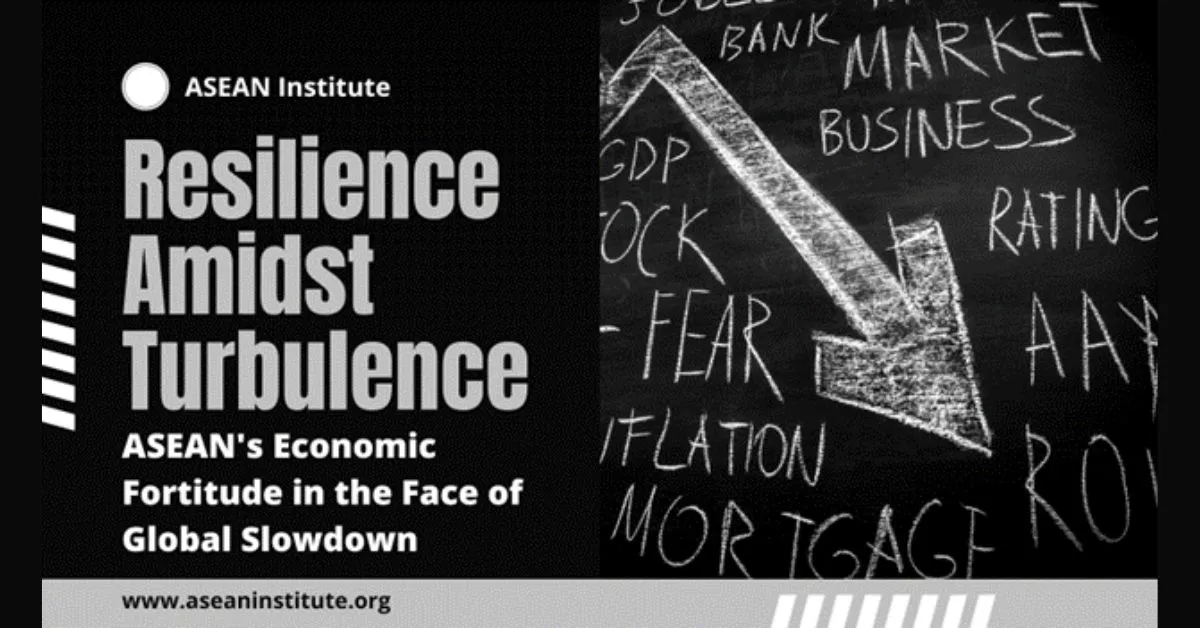Unfolding a new chapter in global trade, the economic synergy between the Association of Southeast Asian Nations (ASEAN) and China holds immense potential for growth and development. As the world’s largest trading bloc, ASEAN continues to expand its trade relations with China, despite the myriad of opportunities and challenges that lie ahead. This article examines the prospects for ASEAN-China trade relations, with an emphasis on the impact of geopolitical, technological, and economic shifts.
A crucial aspect of ASEAN-China trade relations is the burgeoning economic interdependence between the two sides. According to a study by Chia (2018), ASEAN and China have formed strong linkages in production networks and global value chains, resulting in a mutually beneficial economic relationship. The researcher suggests that these connections have facilitated the growth of intra-regional trade, which has become the primary engine of growth for both ASEAN and China.
Furthermore, the China-ASEAN Free Trade Area (CAFTA), as highlighted by Zhao (2020), has played a pivotal role in fostering economic integration and boosting trade flows between the two regions. The author argues that CAFTA has not only reduced tariff barriers but has also spurred policy reforms, leading to increased market access and improved competitiveness for both ASEAN and Chinese businesses.
However, ASEAN-China trade relations are not without challenges. As noted by Goh (2021), the ongoing US-China trade tensions have created a complex geopolitical landscape that has the potential to disrupt regional trade patterns. The scholar posits that ASEAN countries may have to navigate between their economic interests with China and their security alliances with the United States, creating a delicate balancing act for the region.
Additionally, advancements in technology present both opportunities and challenges for ASEAN-China trade relations. In a recent study, Zhang and Yeoh (2019) examine the implications of digital technologies on the bilateral trade relationship. The authors contend that while digital connectivity has enabled ASEAN and Chinese businesses to expand their market reach, it has also brought forth new regulatory and cybersecurity issues that need to be addressed.
Lastly, environmental concerns and sustainable development goals have emerged as critical factors shaping the future of ASEAN-China trade relations. In this regard, Wu et al. (2020) argue that both regions must collaborate to address shared environmental challenges, such as climate change and pollution, to ensure the sustainability and resilience of their economic partnership.
In conclusion, the future of ASEAN-China trade relations is replete with opportunities and challenges. As the geopolitical, technological, and economic landscape continues to evolve, both regions must adapt and collaborate to foster sustainable growth and enhance their economic partnership.
References:
Chia, S. Y. (2018). ASEAN-China Economic Relations: Production Networks, Global Value Chains and Policy Implications. The Pacific Review, 31(6), 763-779.
Zhao, H. (2020). The China-ASEAN Free Trade Area: Genesis, Progress, and Future Prospects. Journal of Contemporary Asia, 50(1), 143-162.
Goh, E. (2021). ASEAN-China-US Relations in the Indo-Pacific: Between Hedging and Balancing. Asian Survey, 61(1), 88-106.
Zhang, M., & Yeoh, K. K. (2019). Digital Trade and Data Governance: Implications for ASEAN-China Economic Relations. Journal of Southeast Asian Economies, 36(2), 185-204.
Wu, F., Tang, X., & Lim, C. Y. (2020). Environmental Governance in ASEAN-China Relations: Challenges and Prospects. The Pacific Review, 33(3), 385-407.











